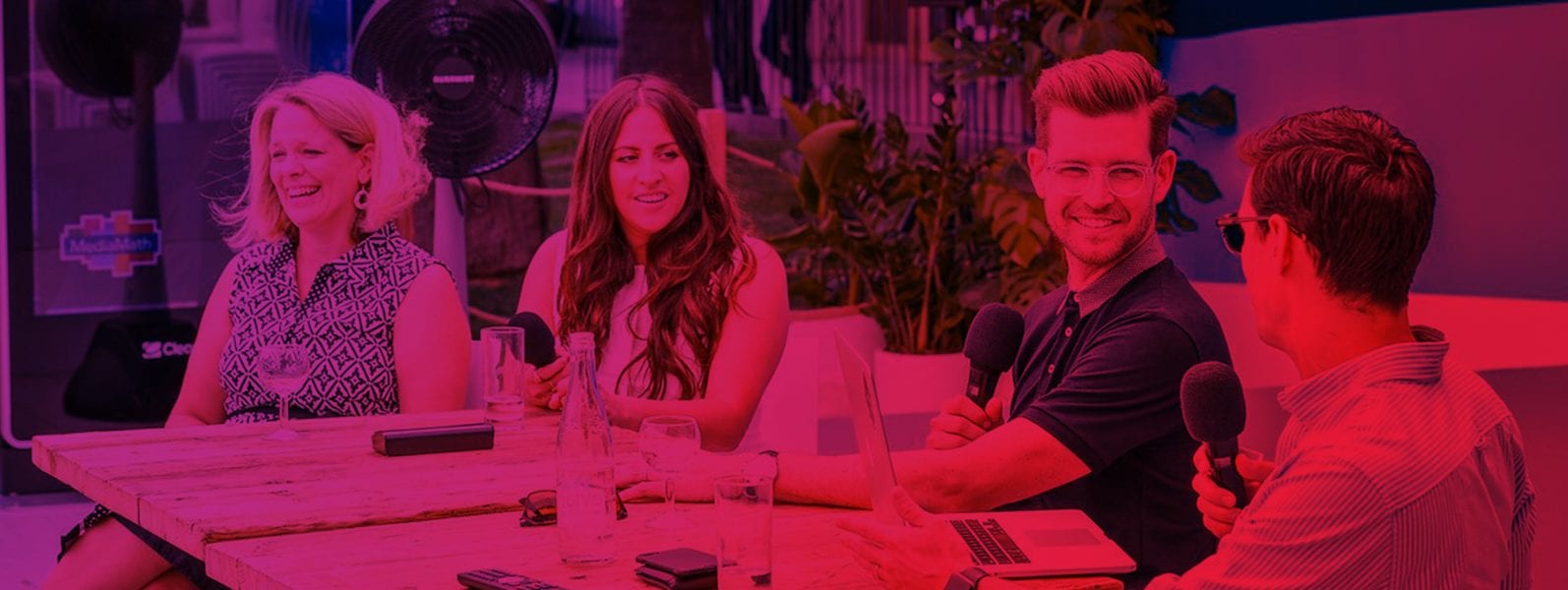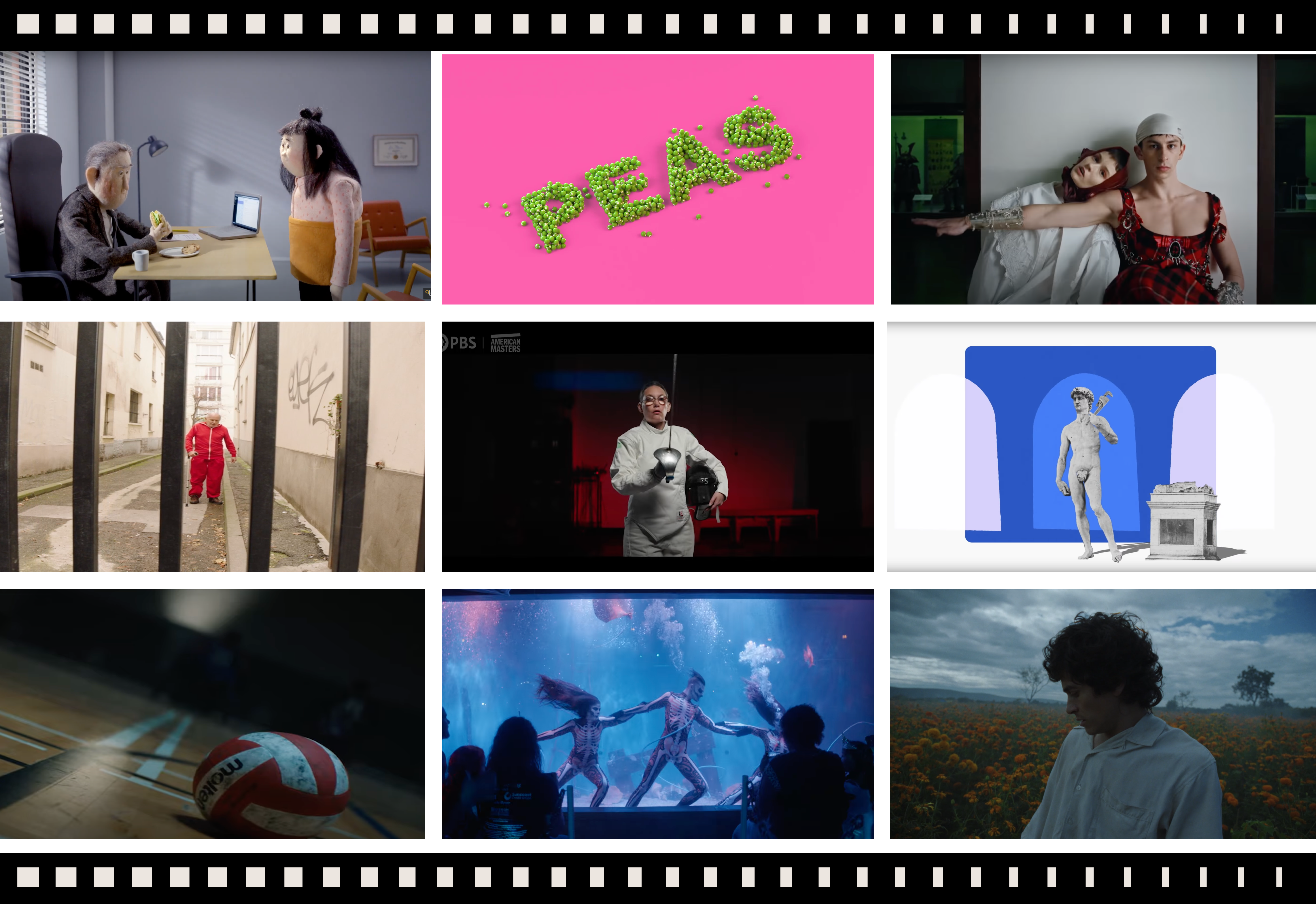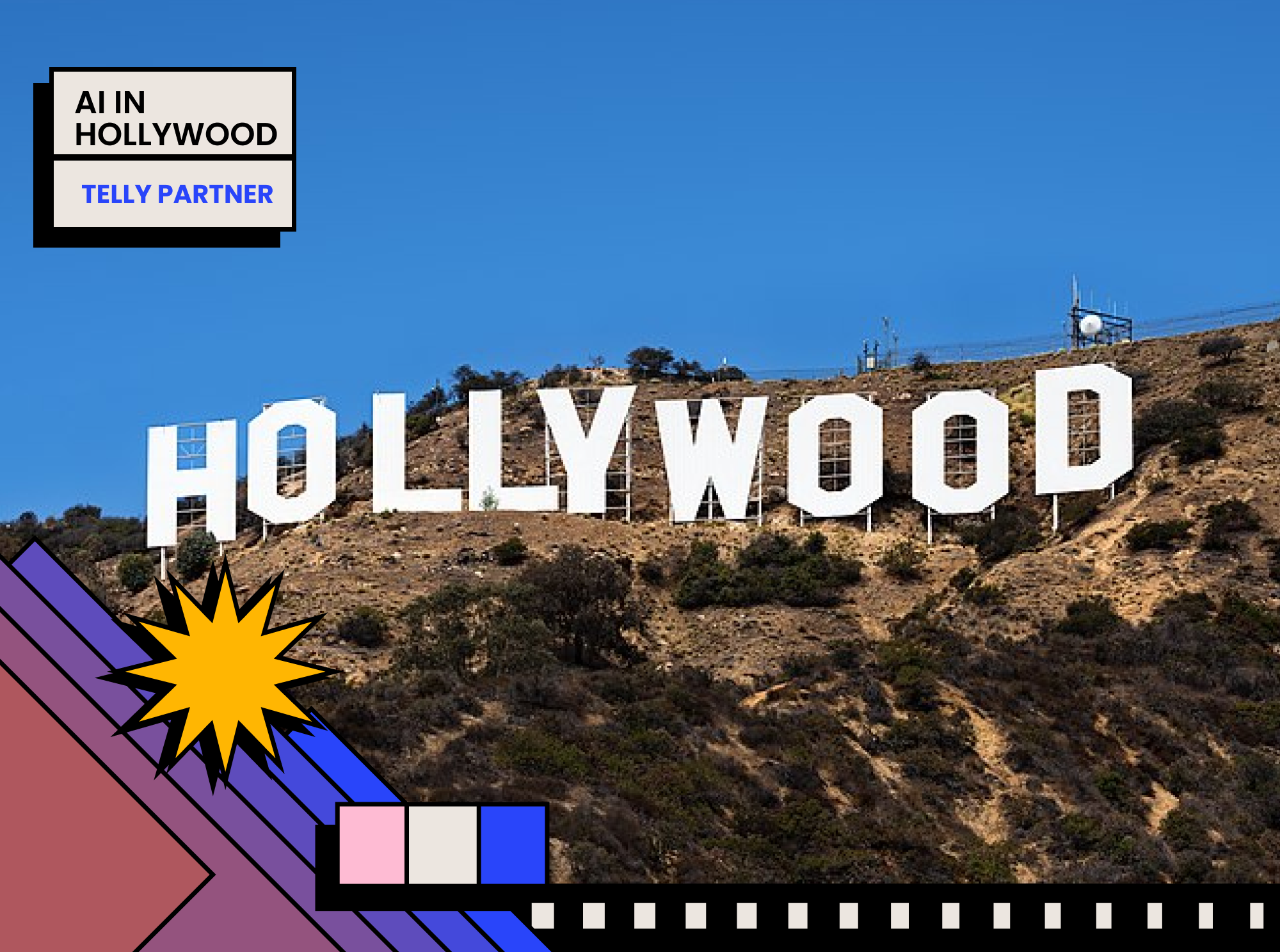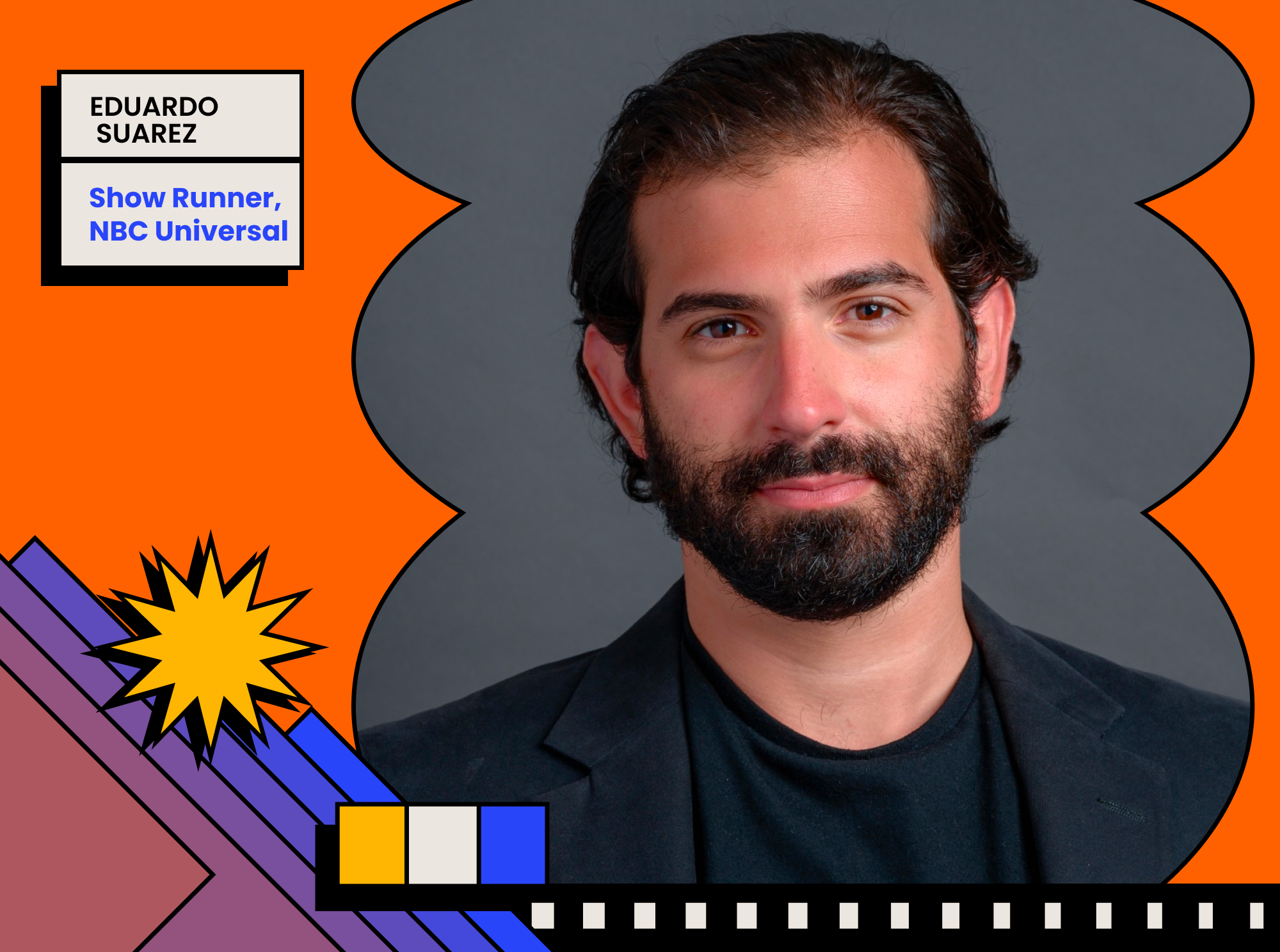This past month, we sat down with Ryan Brown, SVP and Partner, Creative and Brand Strategy at FleishmanHillard; a global communications agency specializing in public relations, reputation management, public affairs, brand marketing, digital strategy, social engagement and content strategy.
We took this opportunity to ask him about his journey from advertising executive to digital marketing & PR, the role that video has had across this and on the agency’s role in creating a unique piece for AT&T during the latest eclipse!
What is your day-to-day like as the SVP and Partner, Creative and Brand Strategy?
Quite literally most days are a blank canvas. Not that there aren’t full schedules, but what makes the role most exciting is how nebulous it can be. One minute I’m digging through brainstorm notes or color picking the palette for a logo, the next I’m interviewing a client discussing a challenge and a trend report attempting to translate both into an approach and creative brief. And that’s what I love about it… Somewhere between planning, creative and our innovation practices, we’ve established creative strategists as connectors between these necessary disciplines, in a time when they can no longer connect to one another in a linear way if you want your work to be relevant. For instance, social media comments posted to a funny meme GIF kicked out by the creative team, can spark brand analysis and a plot to capitalize on privacy trends by, say, building an app on Ethereum. Just as easily, novel tech or rigorous strategy on top of sound research leads the cycle of creativity. You never know! But it means on any given day, I’m power-using internet search, social news feeds and messaging apps, while running (not walking) to person-to-person or between meetings and spending almost all other time in the pages of PowerPoint where I’ve become weirdly proud of my skills.
What key insights/expertise/approaches have translated from your prior experience within ad agencies to your current work within a PR & Digital Marketing agency?
All of them I think. In fact, I often hear specifically within this industry, daily affirmations of identity that PR and our Digital Marketing practices are all about “earned” recognition, whether in media, social media or by word-of-mouth. This is always uttered by folks who have lived whole careers in PR not realizing EVERYONE shares this mantra, and journalism and media has changed such that all agencies offer a PR capability. It’s the way of the world for everyone—and it’s been that way for a very long time. Whether you’re at an “ad agency,” “digital agency,” “social agency” or even “in-house agency,” the big goal and driving mechanics behind it are to do something so innovative, topical, insight-driven or simply culturally relevant that the act and artifacts drive buzz.
The hardest part is realizing how to work across partner agencies when everything is PR and PR is everything. This is the risk of the agency services model… We need to embrace the co-dependencies between agencies and overcome natural incentives that prevent cooperation for the benefit of an efficient, buzzworthy, loyalty-built customer experience. From my roots in digital design, technology and UX, I share an interpretation of “Customer Experience” that includes PR and everything in the marketing mix too, placing a premium on integrated efforts that lead to brand citizenship. To me, impacting the volume and voice of this citizenship is the holy grail of PR, and done right it’s both direct-to-consumer, and praised via media.
Last thought to answer your question, UX and design thinking have convinced me that an agile creative process—like true Silicon Valley scrum master-style stuff—is the best approach to great work, and the only way to move at the speed of culture. So, at FleishmanHillard, we’ve been tearing down the typical linear or waterfall approach to client service and adapting “sprints” to ideation, content creation and measurement. It’s working! (and creates an avenue for that joint collaboration too).
From your experience, how has the relationship to video evolved within your client’s advertising, pr and marketing strategies?
The unsaid mandatory of every creative brief, is that there will be a video. It has become the traffic-able asset of choice, able to serve most purposes. It is also an asset that keeps on giving, like bubble gum with flavor that can last years if you get creative with how it’s used—cut downs, still photography, social gifs, b-roll for other videos, reels, case studies.
There’s an art of distribution every agency uses to ensure a video meets a goal, but in our world, the video’s goal is everything from a concept litmus test trialed on social media, to a visual asset that augments a journalist’s story, a localized stunt able to have a global impact, to an educational explainer of difficult concepts. This priority on video has transformed how we ideate PR, and who in the room is able to extend their imagination from media kits and desk sides, to how the video looks or how the case study will play. A visit to the PR Lions competition at Cannes, proves the video requisite over and over, and that the magic number is no longer gross impressions—thank god—but actually video plays and complete views too. Save a trip to France, a hangover and a year of suspense and instead go see the best PR video happening in real-time at activationideas.com, my go-to bookmark.
This year, FleishmanHillard entered work created with AT&T and centered around the solar eclipse of 2018. Tell us about how this project came about.
We’ve worked with and across the AT&T enterprise for a very long time and have benefitted from incredible access and sharing in the AT&T story. One such story is the effort AT&T is putting into a vision of technology and communication progress that doesn’t leave anyone behind, no matter their challenge – from poverty, to age, to disability.
The real ask from the solar eclipse work was originally to showcase how AT&T bolstered its coast-to-coast network to handle the anticipated and unprecedented traffic demand of eclipse gazers, surging to typically remote parts of the country. Our insight into their business clicked when we first saw news outlets forecasting the eclipse as a “North American phenomenon for all to see.” Our question became, “Can everyone really see it? And if not, how is AT&T helping?” That kicked us into video mode and on a mission to tell the story of a technology we witnessed months before, in an AT&T Foundry that was made possible by the AT&T network.
We put the amazing technology to use by documenting Nashville, Tenn., resident James Boehm who, with the help of AT&T and a company called Aira, was able to experience an eclipse for the first time since becoming totally blind. James became the human-interest story at the center of AT&T’s eclipse presence, a face to the technology and an inspirational representative of a greater AT&T story — one bigger than satellite trucks or a coast-to-coast network and possibly even the supernatural phenomenon itself.





